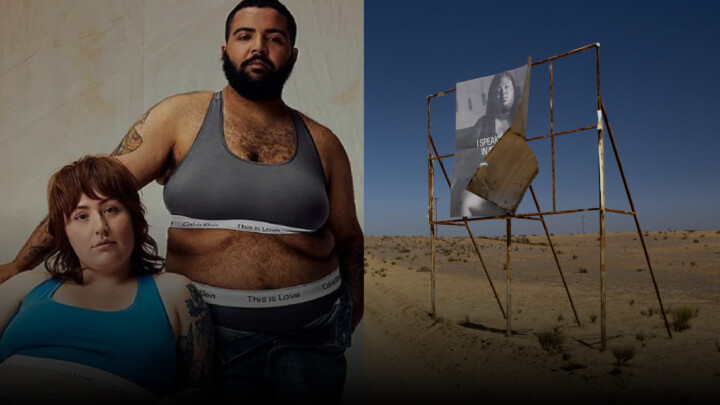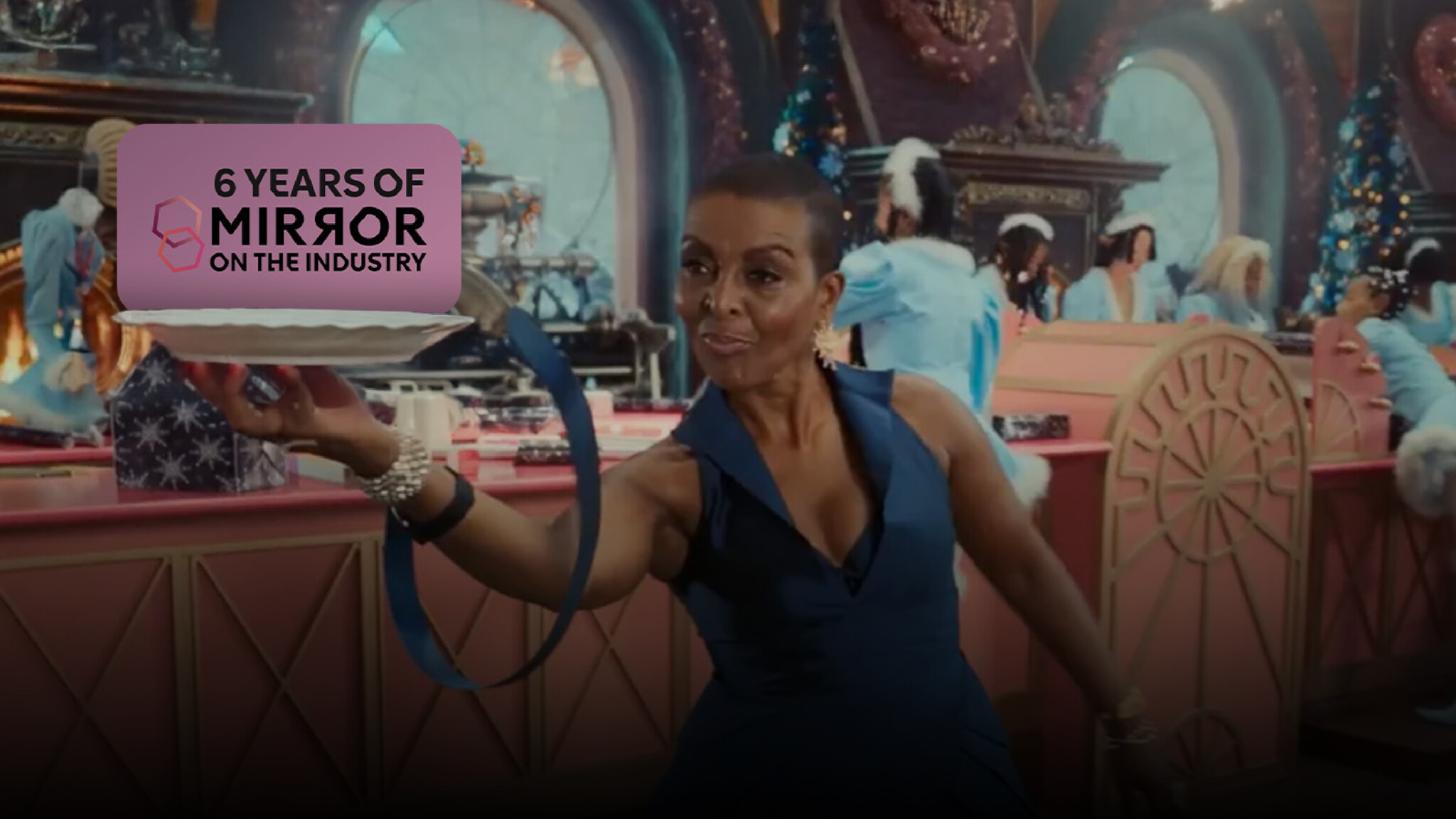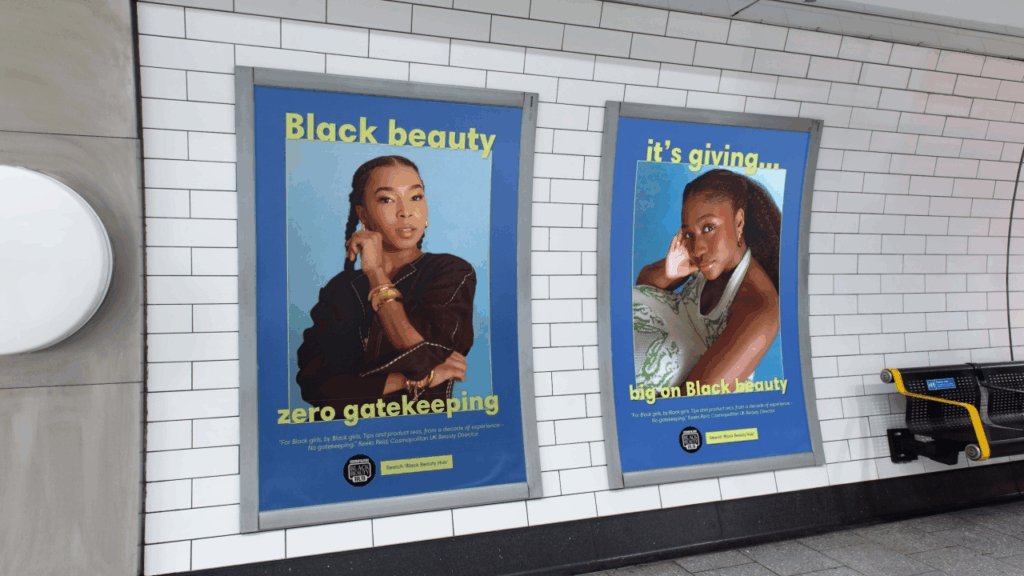
Is Fashion Leaving Wokeness Behind?
03/12/2025
09/10/2025

I can’t be the only one who has noticed how most modern adverts now follow a formula: for every white actor, there is a black actor. This would be unremarkable if it reflected reality – but with over 80% of the UK population being white and only 4% being black, it feels forced, unnatural, almost performative.
Channel 4’s recent study, ‘Mirror on the Industry‘, confirms what many viewers have long suspected: advertising excessively overrepresents certain groups in the name of diversity, while older people, pregnant women and the true majority – white Britons – are far less visible.
The underrepresented
Despite feminism – in all of its forms – being widely glorified across the advertising world, one of the most overlooked groups comprised pregnant women, who appear in just 0.1% of adverts, despite around 50% of women having at least one child by the age of 30. In a country already anxious about declining birth rates, this near-absence further marginalises a critical stage of life, sending a subtle message about which experiences matter most to our country’s marketing departments.
Another group to be nominally represented in advertising is pensioners, who appeared in only 2% of the top 500 commercials studied. This is particularly striking given that pensioners are among society’s most affluent groups. This demographic not only possesses substantial purchasing power but also represents a growing segment of the population. The omission of pensioners from advertisements may reflect a missed opportunity for brands to engage with a financially stable and increasingly influential audience.
Marketing isn’t about morality. It’s about message, audience and resonance. The best advertising speaks directly to the customer. It understands them, reflects their aspirations, makes them feel seen. So what happens when the majority are made invisible? White Britons make up over four fifths of the UK population, yet they’re often conspicuously absent in advertising.
Are we out of the woke woods?
Could this survey mark a turning point – a formal admission that progressive marketing has strayed beyond what is reasonable or necessary? Perhaps. But a recent case study shows we are still lost deep in the woods of wokeness. Just weeks ago, Sanex’s shower gel advert was banned for “suggesting white skin is superior to black skin”.
The 28-second advert opened with a black woman covered in a clay-like substance to illustrate the discomfort of dry skin, and closed with a white woman showering; her skin clean and comforted. To most viewers, it was a simple before-and-after demonstration of a product’s effectiveness. Yet two complaints were enough for the Advertising Standards Authority to rule it must never be broadcast again.
Is this preoccupation with avoiding offence to a racial minority that is already overrepresented really necessary? It takes little observation to see the lengths to which the advertising world goes to accommodate black people; indeed, Channel 4’s study reported they were featured in over half of the 500 adverts surveyed.

Cosmopolitan UK’s recent launch of its exclusively ‘Black Beauty Hub’ highlights just how strongly the advertising and fashion sectors have shifted to prioritise black women’s representation.
What emerges from all of this is a striking imbalance: while some groups – particularly black women in fashion and beauty – are consistently elevated, others such as pregnant women and pensioners remain virtually invisible. Advertising, or ‘progressive advertising’ if you will, is supposed to reflect the society it sells to, yet current practice too often distorts that reality, overrepresenting some demographics while sidelining others. The result is not greater diversity, but a skewed picture in which the industry’s obsession with signalling inclusion ends up narrowing the range of stories it tells.